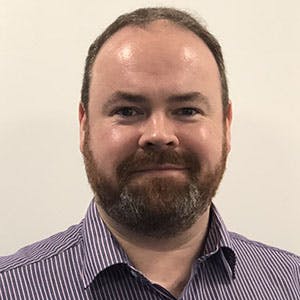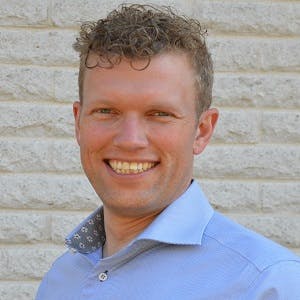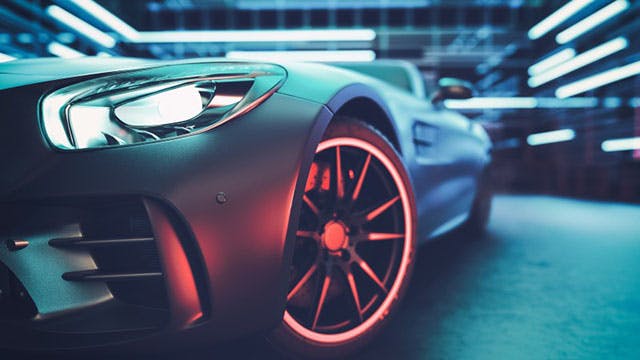새로운 차량에 갈수록 복잡하고 고도로 통합된 기능이 추가되면서, 처리 성능이 대폭 향상된 전자 제어 장치(ECU)가 필요한 상황입니다. 이와 같이 고도로 연결된 E/E 아키텍처에 경쟁력 있는 일련의 기능을 제공하려는 경쟁은 종종 기존의 단축된 개발 주기에 부담으로 작용하고 있습니다. 지난 수년간, 점점 더 많은 주문자 상표 부착 방식 제조업체(OEM)에서 자사 브랜드에 중요한 IP를 포함하는 분야와 신기술을 파악해야 하는 분야에서 ECU 개발을 티어 1 공급업체로 아웃소싱하던 기존의 트렌드를 바꿀 방안을 모색하고 있습니다. 이번 웨비나에서는 경험 많은 전문가 두 분을 모셨습니다. Capital VSTAR 담당 프로덕트 매니저인 Mathias Fritzson 씨와 수석 테크니컬 마케팅 엔지니어인 Brendan Morris 씨는 이러한 트렌드와 티어 1 공급업체 및 OEM의 진화하는 역할을 살펴보고, 지원 솔루션을 제시합니다.
Reduce the risk of errors with automotive embedded software
Automakers face the challenge of increasing complexity in-vehicle systems with continuous pressure on cost and timing. Automotive embedded software has many protocols and standards requirements, making collaboration critical for OEMs when building future systems. Developers need to have an efficient, automated workflow that removes repetitive tasks, eliminates manual errors, and gives additional tool assistance when required to collaborate engineering activities. Siemens provides embedded software solutions that put the developer first and are usable in the whole vehicle with the necessary properties for the features of today and tomorrow. It is generative automated, provides an ease-of-use, and allows the reuse of the applicable parts of the design to support engineers in getting it right the first time.
Streamline ECU software development by using E/E systems
Software is fast becoming the dominant part of the vehicle value. OEMs need to ensure that the system is according to the features described at the higher level. Collaborating on IP protection is necessary for the insourcing trend of combining the OEM's IP and supplier and partner IP. The OEM's value is the developers, and the environment for them to operate in needs to be attractive, and they need to retain all of their skills. Future personal transportation needs will require a different set of configuration abilities like service-oriented architectures because functions will travel over ECUs and possibly to the cloud over a vehicle's lifetime and future variants. Streamline ECU software development starts with systems development on the digital thread, with most innovation happening in the E/E systems, ensuring that the functions' definition and allocations are coherent.
Watch the on-demand webinar to discover why in-vehicle embedded software development is increasingly displacing mechanical engineering as the differentiator in creating automotive brand experiences.
이번 웨비나의 주요 내용:
- 임베디드 소프트웨어 개발 분야에서 OEM과 티어 1 공급업체 간에 업무 분장 방식과
- 이러한 변화를 주도하는 시스템</li><li>이것이 개발 프로세스, 필요한 기술 및 데이터 교환에 의미하는 바
- 최신 설계 방법 및 솔루션이 이러한 작업 방식을 지원하고 실현하는 방식
- 고도로 숙련된 전문 엔지니어에 대한 의존성을 줄이면서 생성형 툴링이 새로운 팀에서 개발을 지원하는 방식
발표자 소개

Brendan Morris
Senior Technical Marketing Engineer
Brendan spent his early career working in Tier 1 suppliers into the Automotive Industry, focusing primarily on software development in powertrain electronics, however spending some time working in a diverse range of technologies for on and off highway vehicles. He spent the next 10yrs working for several vehicle OEM's at all stages of vehicle development programs. Several of these years leading research projects at Jaguar Land Rover introducing new network technologies into their latest and future E/E Architectures, also represented the company in AUTOSAR WP-A2 Com Work Package. He has also lead several aspects of development and launch of low volume vehicles, including E/E Architecture, and start-up vehicle OEM's as diverse as McLaren Automotive and Rivian.

Mathias Fritzson
Product Manager
Mathias has spent nearly 20 years of his career in embedded development and design of software and multiplexed communication for the automotive industry. His interest in automotive systems and technical curiosity has resulted in key assignments scaling from software engineering on large-scale ECU production programs to research programs in functional safety, base technology development, standardization, and verification on bus technology. Mathias has spent the last decade on AUTOSAR, advocating for the use of the standard while conducting product development and making customers successful. Currently, he is the product manager for Capital VSTAR products. Mathias oversees product development and marketing activities.
